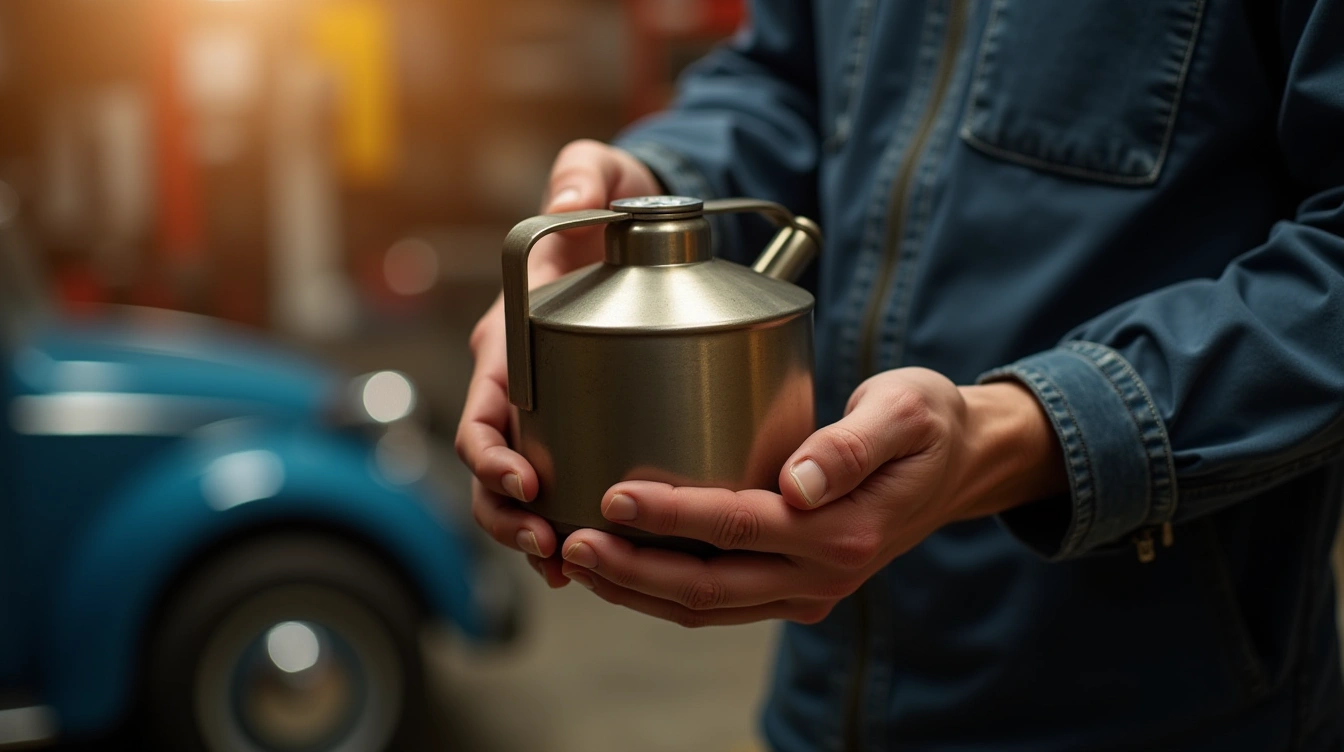Advanced Oil Tube Solutions: The Foundation of Modern Industrial Operations
Modern industrial operations depend on precision-engineered oil tubes that deliver unmatched reliability and performance. According to the International Energy Agency’s 2024 report, optimized fluid transport systems can improve operational efficiency by up to 23% while reducing maintenance costs significantly. How can your facility leverage these advanced solutions to maximize productivity? Leading manufacturers like https://www.vallourec.com/our-solutions/oil-and-gas/ provide cutting-edge technologies that transform industrial processes through enhanced durability and operational excellence.
Understanding High-Performance Oil Tube Systems in Industrial Applications
High-performance oil tube systems form the backbone of modern industrial operations, ensuring reliable fluid transfer under extreme conditions. These specialized systems must withstand intense pressure variations, chemical exposure, and continuous operational demands while maintaining optimal performance standards.
Additional reading : What Strategies Can Entrepreneurs Use to Overcome Challenges in the UK Business Environment?
The selection of oil tubes depends primarily on the specific industrial application and operating environment. Seamless steel tubes offer exceptional strength for high-pressure applications, while composite materials provide superior corrosion resistance in chemical processing environments. Advanced alloy tubes combine both properties, delivering enhanced durability for the most demanding industrial settings.
Modern manufacturing facilities increasingly rely on precision-engineered tube systems that integrate smart monitoring capabilities. These systems enable real-time performance tracking, predictive maintenance scheduling, and immediate detection of potential failures before they impact operations.
This might interest you : How can UK businesses capitalize on emerging technologies for competitive advantage?
The technological evolution in oil tube design focuses on maximizing operational efficiency while reducing maintenance requirements. Enhanced surface treatments, improved joint connections, and optimized flow dynamics contribute to significant cost savings and extended equipment lifespan across various industrial sectors.
Key Selection Criteria for Industrial Equipment Integration
Selecting the right oil tube solutions for industrial equipment requires careful evaluation of multiple technical and operational factors. The wrong choice can lead to costly downtime, safety hazards, and reduced system efficiency.
Here are the essential criteria to consider when choosing oil tubes for your industrial applications:
- Material compatibility – Ensure tube materials resist corrosion from specific fluids and chemicals in your system
- Pressure ratings – Select tubes that exceed your maximum operating pressure by appropriate safety margins
- Temperature resistance – Choose materials that maintain integrity across your full operating temperature range
- Environmental conditions – Consider exposure to UV, moisture, vibration, and other environmental stressors
- Flow requirements – Match internal diameter and wall thickness to optimize fluid flow and minimize pressure drops
- Industry certifications – Verify compliance with relevant standards like API, ASME, or ISO specifications
- Installation flexibility – Evaluate bend radius, connection types, and routing requirements for your specific setup
These criteria work together to ensure optimal performance and longevity of your oil tube systems in demanding industrial environments.
Maximizing Operational Efficiency Through Strategic Implementation
Strategic implementation of advanced oil tube solutions represents a critical pathway to operational excellence in modern industrial environments. Companies that adopt a methodical approach to system integration consistently report productivity gains ranging from 15% to 35% within the first operational year.
The foundation of successful implementation lies in comprehensive process mapping and equipment assessment. This preliminary phase identifies bottlenecks, inefficiencies, and compatibility requirements that directly impact system performance. Organizations that invest adequate time in this analysis phase experience smoother transitions and reduced downtime during equipment upgrades.
Measurable gains emerge through optimized fluid dynamics, reduced maintenance intervals, and enhanced system reliability. Advanced tube materials and precision engineering translate into tangible cost savings through decreased energy consumption and extended equipment lifecycles. These improvements compound over time, creating sustainable competitive advantages.
Process optimization extends beyond individual components to encompass entire operational workflows. Integrated monitoring systems provide real-time performance data, enabling proactive maintenance scheduling and predictive analytics. This data-driven approach transforms reactive maintenance cultures into strategic asset management frameworks that maximize equipment availability and operational throughput.
Maintenance Best Practices and Performance Optimization
Preventive maintenance is the cornerstone of a high-performing hydraulic tube system. Modern protocols favor a systematic approach based on predictive analysis rather than reactive interventions. This strategy can reduce downtime by up to 40%, according to the latest industry studies.
Critical performance indicators include differential pressure, operating temperature, and regular oil analyses. These measurements reveal the internal condition of components before a failure occurs. Continuous monitoring of these parameters allows for the identification of early warning signs and the adaptation of maintenance schedules accordingly.
Recommended replacement intervals vary depending on the operating environment and the intensity of use. Under standard conditions, seals and filters require replacement every 2,000 operating hours, while main tubes can last up to 8,000 hours with proper maintenance. Continuous optimization involves adjusting these intervals based on real-world experience.
Innovation Trends and Future-Ready Technologies
The oil and gas industry is undergoing an unprecedented technological revolution. Advanced composite materials are gradually replacing traditional steel in critical applications, offering superior corrosion resistance and extended service life. These innovations allow operators to reduce maintenance costs by up to 40% on some installations.
Connected solutions are also transforming the management of industrial equipment. IoT sensors integrated into piping systems enable real-time monitoring of pressures, temperatures, and flows. This continuous monitoring detects anomalies before they become critical, thus optimizing operational safety.
Artificial intelligence is emerging as a game-changer for predictive maintenance. Algorithms analyze historical data to accurately predict replacement or repair needs. This proactive approach reduces unplanned downtime and maximizes the efficiency of industrial operations, giving companies that adopt it a competitive edge.
Your Questions About Industrial Oil Tube Solutions

Industrial oil tube systems raise many technical questions for operations managers and maintenance teams. These critical components directly impact equipment performance, operational costs, and safety standards across various industrial applications.
What are the best oil tube solutions for heavy machinery?
High-pressure resistant tubes with corrosion-resistant coatings perform best. Steel alloy tubes with protective linings offer superior durability for heavy-duty applications requiring consistent oil flow and pressure maintenance.
How do I choose the right oil tubes for my industrial equipment?
Consider operating pressure, temperature range, fluid compatibility, and installation environment. Match tube specifications to equipment requirements, including diameter, wall thickness, and material composition for optimal performance.
What makes oil tube systems more efficient for operations?
Precision manufacturing, optimized internal surface finishes, and strategic routing reduce friction losses. Advanced materials and proper sizing minimize pressure drops while maximizing flow rates and system efficiency.
How often should oil tubes be replaced in industrial settings?
Replacement intervals depend on operating conditions, typically ranging from 2-5 years. Regular inspections for wear, corrosion, or pressure loss help determine optimal replacement timing before failures occur.
What are the latest innovations in oil tube technology?
Smart monitoring systems with embedded sensors track pressure and flow in real-time. Advanced composite materials offer improved corrosion resistance while predictive maintenance technologies prevent unexpected failures.





